Causes And Cures For Split Ends

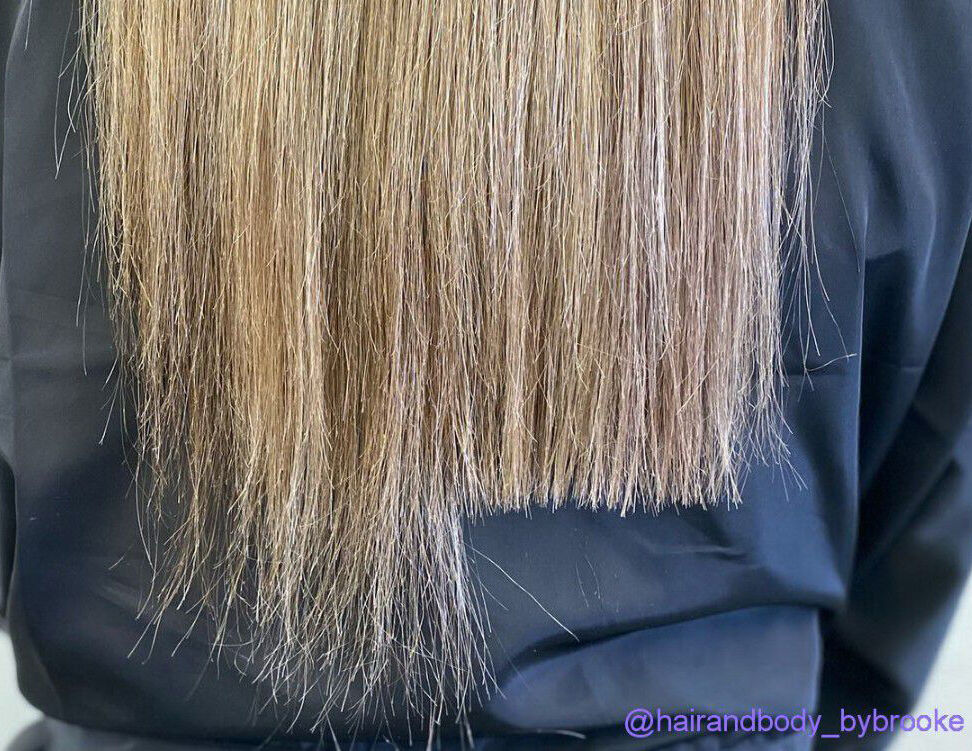
Whether it comes to natural or coloured hair, split ends are a daily annoyance for most people with medium to long hair lengths. Also known as trichoptilosis, split ends appear when weakened hair follicles split apart and break. Unlike other hair problems, it’s more challenging to find a magical cure for this because of the mechanics involved. You can cure dry hair with hydration but split ends require another level of intervention. Only by detecting and eliminating the causes of split ends can you prevent them from occurring again and achieve the magnificent, healthy hair you deserve!
So, how do split ends occur?
Our hair has stages of growth. The part of the strand the furthest away from the scalp is the oldest. Because of its age and constant exposure to different factors, strand ends become weak, and can suffer from discolouration. Despite the many potential causes of split-ends/trichoptilosis, the two major causes are:
- The way you comb your hair,
- Friction between strands that lack elasticity and hydration.
Combing is one of the most repeated mechanical routines that can damage hair. This is because the strand length breaks under the sheer force of the brush at certain angles. During combing, you may feel resistance if your hair is prone to tough tangles. Naturally, that will make you pull the comb or brush harder which will unintentionally damage the strands.
Can existing split ends be repaired?
You’ve probably seen many products on the market sold as “split-ends repair“. However, most of them offer nothing more than hydration and temporary results. Various ingredients in hair care products can give the strands a softer and smoother appearance that will camouflage the damage. Still, the vast majority of conditioners and masques can’t properly repair damaged hair. That’s because the follicles at the roots absorb the nutrients and essentials from our scalp and make the strands grow. But once the hair is at the surface, the strands are not alive anymore. Even though you may disguise the problem with serums and masques, the best way to fix split ends is by trimming them off. The second best way is to not let them occur in the beginning!
What are you doing wrong?
Have you ever wondered why, even after putting a lot of effort into your hair care regimen, split ends still occur? You’re not alone! You just need to find and adjust your hair regimen to suit your hair’s needs or you risk constantly weakening the hair with different routines. Most likely, the main culprit of split ends is the latter, as irregular hair maintenance or missing heat protection is one of the primary causes of hair damage.
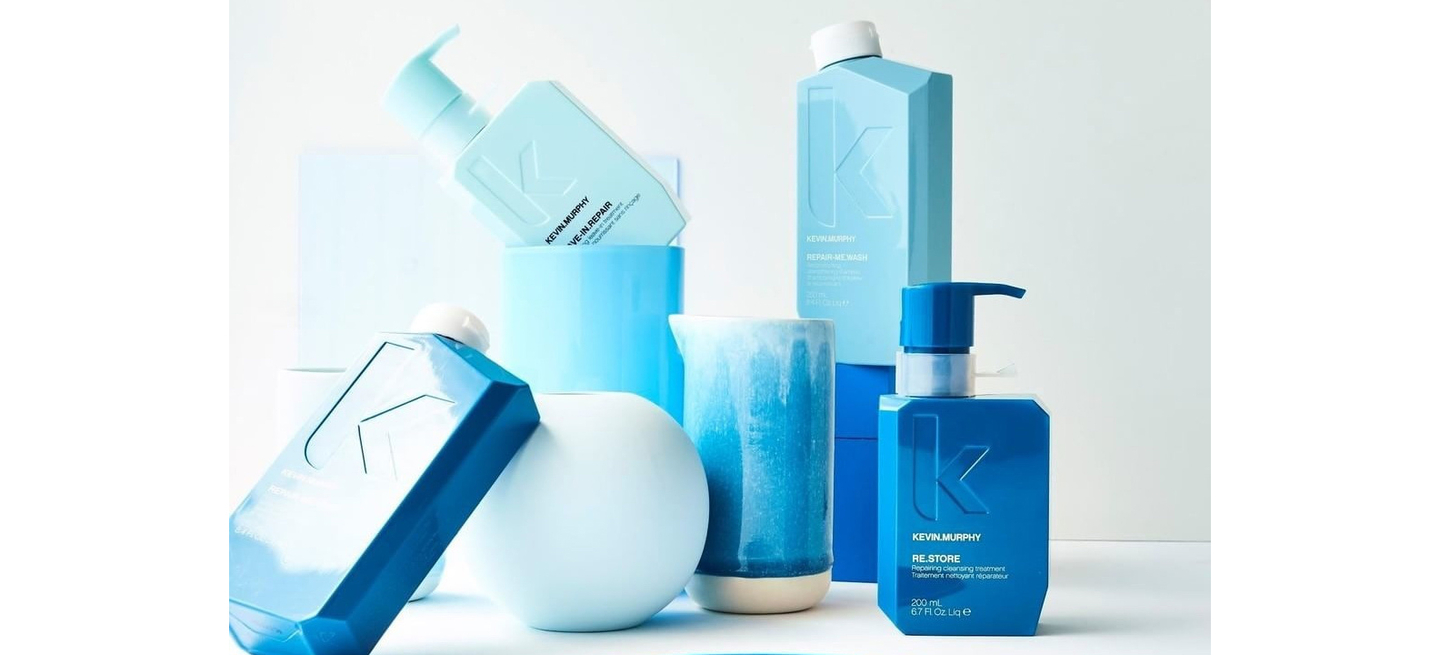
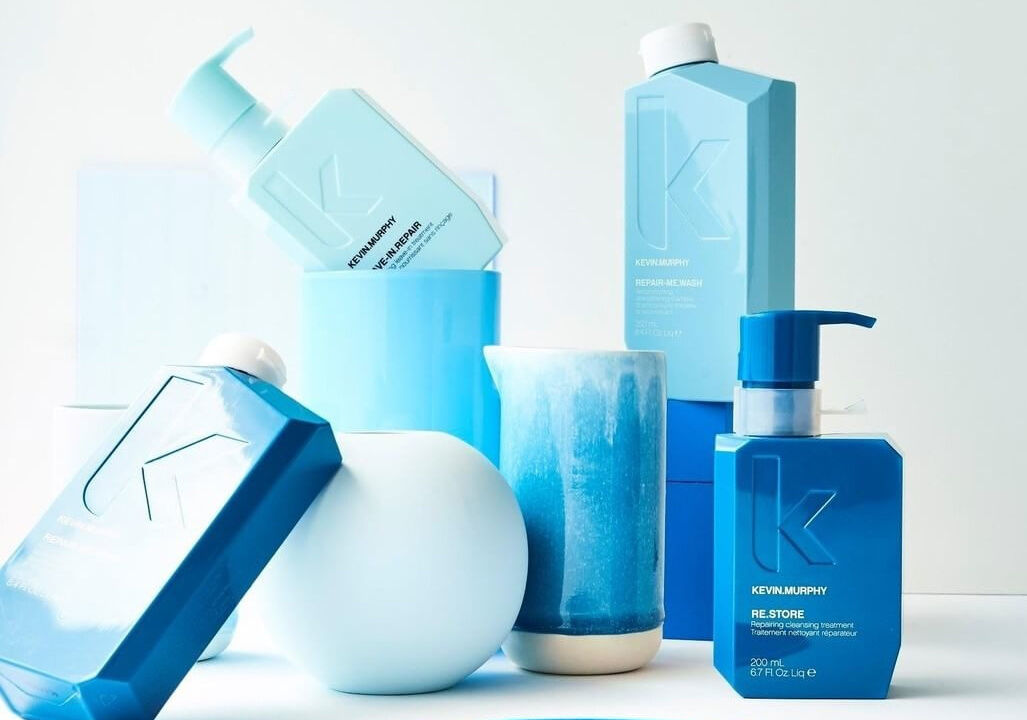
If you’re struggling with split ends, the only way to mend and salvage your hair length is to switch to reconstructive hair care regimens, such as KEVIN.MURPHY REPAIR
Think of it like a diet. When you exercise and eat well, you feel stronger and healthier. Being consistent with your hair care is just as important for your hair’s health! So, what should you avoid?
Chemical damage
Colour and other chemical alterations to hair are an obvious choice for those who want a change. These processes usually involve heat and chemicals together and, if not done properly, they can be potentially harmful to your strands. In these kinds of treatments, overexposure to chemicals affects keratin and the surface of the hair shaft, making it brittle and dry. So whether you’re colouring, bleaching, perming or rebonding your hair, make sure to have it done by an expert!
Heat damage
For some of us, the thought of leaving the house without some level of styling is unthinkable. Whether we choose a quick styling with blow-dry, curl, or straightener, we all know that heat helps to make hair more manageable. However, exposure to high temperatures affects hair elasticity and dries and weakens the strand! Damaged hair becomes more susceptible to split ends, so using a high-performing heat-protective product before styling is a huge help in preventing split ends.
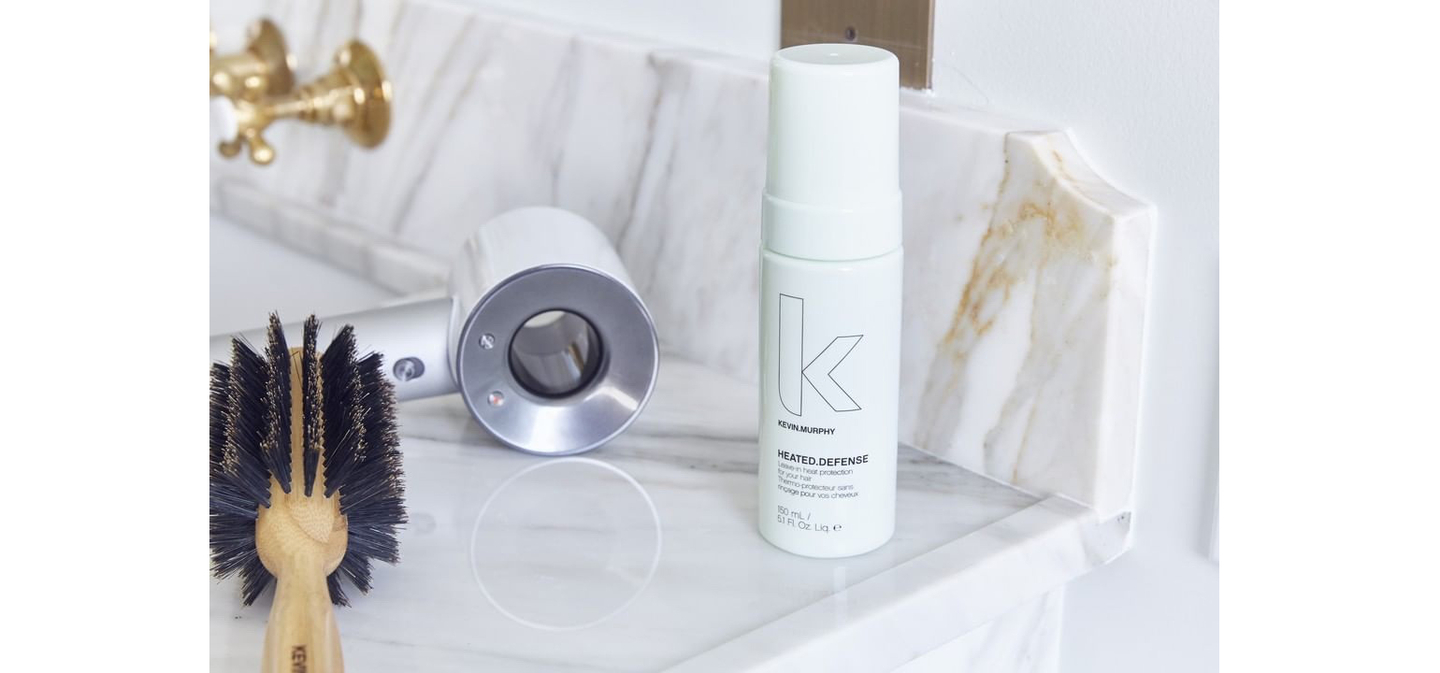
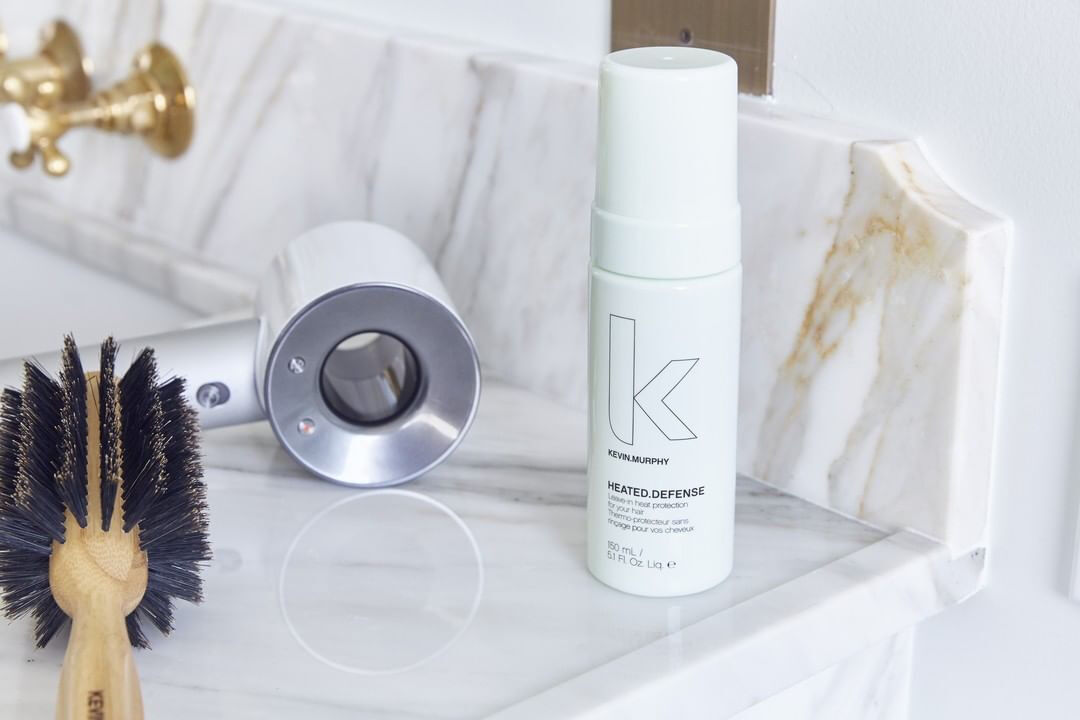
Delicate hair demands special care and maintenance, mainly when strengthening and adding volume. Since thin strands are more susceptible to damage, it’s essential to avoid any chemical, heat-induced, or mechanical damage that could harm it irreparably.
Over-washing
Washing your hair too frequently with aggressive shampoos can strip the natural oils your skin releases to lubricate and protect the strand from harmful factors. If you constantly wash these away, the scalp glands will work overtime to undo your damage with more oil and make your hair greasy, while the bottom part of your hair becomes dry and brittle. Such frail and dull hair is more susceptible to damage and often suffers from split ends!
Sleeping habits
Believe it or not, your sleeping habits can affect your hair health, especially if you’re tossing and turning a lot during the night. Such movements cause hair friction with the pillow, bending and breaking the strands. So, the best way to protect it is to tame it while you sleep. With medium or long-length hair, try loose braiding, a loose bun, or even a different pillow case (e.g. silk) to reduce the friction.
Neglecting regular trims
You might adore your long hair, but if you’re skipping necessary trimming, you will only make things worse. Hair grows approximately 0.5 inches per month or approx. 6 inches per year. If you have damaged hair shafts, the splits can travel up the strand within a couple of months, destroying the length of the hair and undoing all your hard work and patience. A trim in time saves 9!
Fun fact: Did you know men’s beards can also have split ends? Achieving magnificent and healthy beard is impossible without proper care. While some men can’t wait to grow their beards, it’s important to trim them frequently and get rid of dry stands that turn to split ends.
How does the environment cause split ends?
So, now we know the everyday causes of split-ends from lack of proper maintenance. However, many external factors can also affect the state of your hair. High temperatures, polluted environment, sun exposure and hard water are just some things that can lead to weakening and drying of the strands, causing split-ends!
Even though we can’t control the weather or the environment, we can reduce their impact through quality products with antioxidants, detoxicating properties, and UV protection.
Ways to trim split ends
The best way to remove split ends is to have it done by a professional. Using thinning shears or non-professional scissors can shed the hair ends and make it look worse. So, if you have thick hair and need to trim it a little, your hairstylist will find the safest way to do it for you.
The end of split ends
The most common causes of split ends are everyday routines that include combing, styling, and inevitable friction that breaks the damaged hair parts. Regardless of what you do, sadly, you can never completely eliminate all factors that cause hair damage. However, altering your daily routine and maintenance can slow down the aging of your hair and prevent further deterioration. Start from the very beginning by nourishing the scalp and follicles. It is vital to secure the strength and health of the strands by eliminating harmful hair product ingredients from your hair regimen.
Opt for shampoos, conditioners and masques with the right mix of vitamin, herbal and mineral oils and extracts. And with the occasional trim, you can say farewell to split-ends!


